Spotted betta - Betta picta
Scientific name: Betta picta
Common name: Spotted betta
Family: Osphronemidae
Usual size in fish tanks: 5 - 6 cm (1.97 - 2.36 inch)
014
Recommended pH range: 6.4 - 7.4
Recommended water hardness: 7 - 19°N (125 - 339.29ppm)
0°C 32°F30°C 86°F
Recommended temperature range: 23 - 27 °C (73.4 - 80.6°F)
The way how these fish reproduce: Spawning
Where the species comes from: East Asia
Temperament to its own species: peaceful
Temperament toward other fish species: peaceful
Usual place in the tank: Top levels
Short Description
The Spotted Betta (Betta picta) is a peaceful and hardy Betta species native to Southeast Asia. Known for its subtle coloration and calm temperament, this Betta is an excellent choice for community aquariums. It thrives in planted tanks with subdued lighting and plenty of hiding spots, often emerging during feeding times.
Origin
Native to Southeast Asia, Betta picta is found in the freshwater streams and slow-moving waters of Sumatra, Java, and Malaysia. These habitats are rich in vegetation and offer ample shelter, mimicking their preferred tank conditions.
Tank Requirements
A tank of at least 40 liters (10 gallons) is recommended for Spotted Bettas. Maintain water temperatures between 23-27°C (73.4-80.6°F), a pH of 6.4-7.4, and water hardness of 7-19°N (125-339.29 ppm). Provide a heavily planted setup with driftwood, rocks, and floating plants to create shaded areas and hiding places. Regular water changes are crucial for maintaining water quality.
Food and Feeding
Spotted Bettas are omnivorous but show a preference for live and frozen foods. Offer a varied diet that includes bloodworms, brine shrimp, and white worms, supplemented with high-quality flakes or pellets. Feeding them twice daily in small portions ensures optimal health and vibrant coloration.
Compatibility
These peaceful Bettas can coexist with other non-aggressive fish such as rasboras, small tetras, and Corydoras catfish. Avoid housing them with fin-nipping species or aggressive tankmates to prevent stress and injury.
Sexing
Males have broader head shapes and more intense coloration compared to females. A dark stripe on their anal fin is prominent, whereas this stripe appears faint on females. These differences become more noticeable during maturity and breeding behavior.
Breeding
Breeding Betta picta is a fascinating process. Females typically initiate spawning, and the pair embraces near the tank’s bottom. After the eggs are laid, the female collects and spits them toward the male, who takes them into his mouth for incubation. The male broods the eggs until they hatch, releasing free-swimming fry after approximately 7-10 days. Feed the fry Infusoria initially, transitioning to newly hatched brine shrimp or finely crushed flake as they grow.
Lifespan
With proper care, Spotted Bettas can live for 2-3 years. Maintaining stable water parameters, providing a balanced diet, and reducing stress are key to ensuring their longevity.
Pictures
Bought by aqua-fish.net from jjphoto.dk.
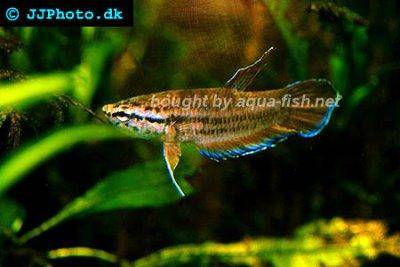




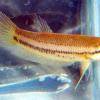 Akar
Akar 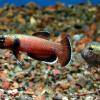 Whiteseam
Whiteseam 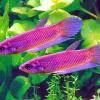 Giant
Giant 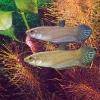 Betta
Betta 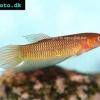 Slender
Slender 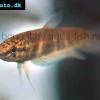 Betta
Betta 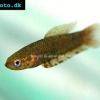 Brown’s
Brown’s 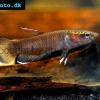 Snakehead
Snakehead 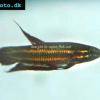 Wine
Wine 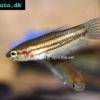 Edith’s
Edith’s 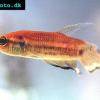 Blue
Blue 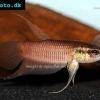 Betta
Betta 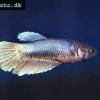 Peaceful
Peaceful 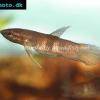 Kapaus
Kapaus 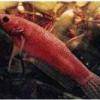 Eyespot
Eyespot 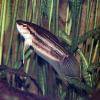 Forest
Forest 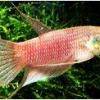 Schaller’s
Schaller’s 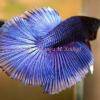 Siamese
Siamese  Chukai
Chukai 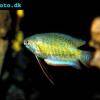 Banded
Banded 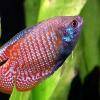 Dwarf
Dwarf 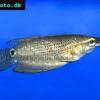 Frail
Frail 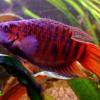 Paradise
Paradise 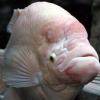 Giant
Giant 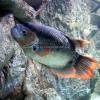 Giant
Giant 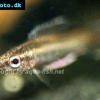 Licorice
Licorice 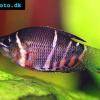 Chocolate
Chocolate 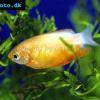 Honey
Honey 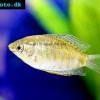 Thick
Thick 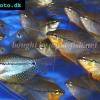 Pearl
Pearl 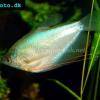 Moonlight
Moonlight 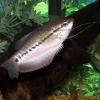 Snakeskin
Snakeskin 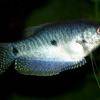 Blue
Blue